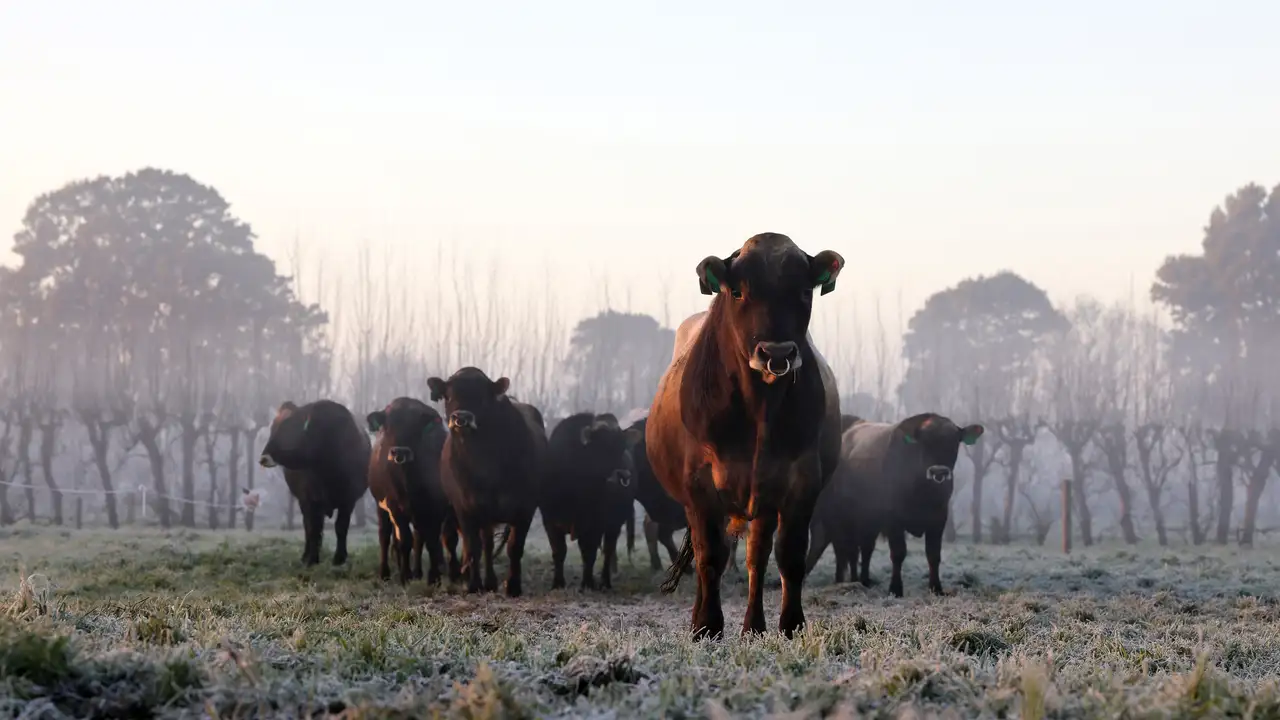Spring 2024 Wet Weather Webinar - FarmWise

LIC FarmWise Consultants Leo Pekar & Mark Olsen-Vetland were joined by Charlie McCaig, National FarmWise manager and farmers Amy, Graeme and Brayden Johnstone to discuss the persisting wet weather event in Southland and Otago in Spring 2024
Wet weather planning
Have a wet weather plan – especially for the first rotation. Failure to plan is planning to fail.
Consider the following key points this Spring:
Know how many square metres each cow is being allocated per day.
Useful rules of thumb:
- 40 square metres at 3500Kg DM/ha will offer 10 Kg DM/cow.
- 40 square metres at 2500Kg DM/ha will offer 6 kg DM/cow.
- 40 square metres /cow at a stocking rate of 2.5 cows/ha is a 100 day rotation
- 33 square metres /cow at 3500 Kg DM /Cow will offer 8.25 DM/cow
- 33 square metres a cow at a stocking rate of 3 cows /ha is a 100 day rotation.
If cows are going into covers of 3000+ KgDM/ha, three hours of grazing provides maintenance only.
Be proactive in any dry spells of weather – reduce cow’s grazing areas and increase supplement.
Always start grazing at the back of the paddock; and in wet weather you may go all grass:
- Block grazing in the winter and early spring – always have square blocks if possible.
- Add up the area eaten each week to ensure you are on the appropriate rotation.
Check feed levels regularly:
- Measure covers for paddocks the cows are going into – you need to know what you are feeding and if you are catching up on your feed.
- Double check supplement usage (especially stacks) – it’s very easy to be using too much.
On-off grazing is a great way to prevent soil and pasture damage, and help regrowth:
- Use stand-off areas and sacrifice paddocks when it is prudent to do so.
- When grazing sensitive soil or catchment areas – use buffer areas of grass around crops.
- Feed the last break of the crop bordering that sensitive area on the last day – or don’t even graze it.
Diet and nutrition:
- In wet weather, pasture utilisation drops – allow more pasture.
- The DM% of pasture also drops – cows will need DRY matter – hay, baleage, straw, grain, PKE etc. 1 bale per 100 to 200 cows really helps with low DM% pasture.
- Ensure that your cows have sufficient energy and fibre – protein is usually fine.
- Keep Mg and Ca going to milkers and colostrums – 100-200 gms/cow of each.
Fertiliser and soils:
- Use a plane or helicopter to spread fertiliser if conditions do not allow trucks or tractors on to the land.
- ProGibb can be a spray option if N can also be applied at the same time.
- A little and often behind the cows with a bike spinner adding Urea, Ammo etc will also help keep feed moving for the 2nd and subsequent rounds.
- Protect soil structure at the cost of having to clean up higher residuals in later rounds (mow then if needed).
